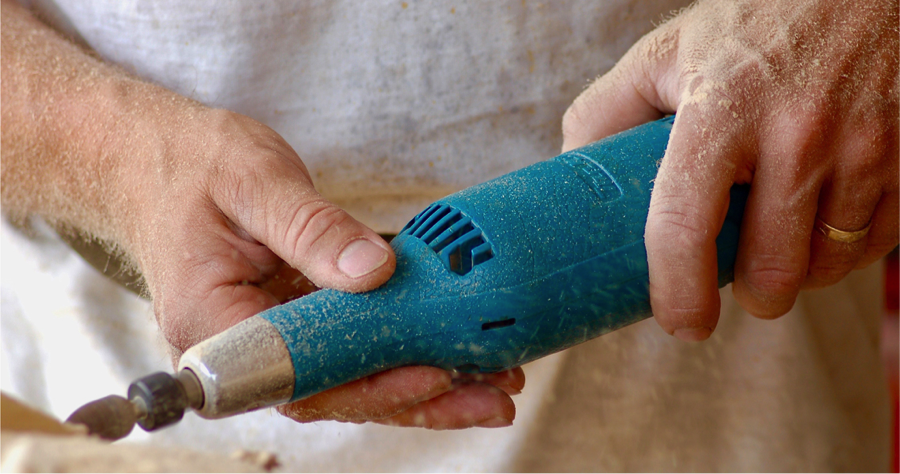
5 Things You Need to Know About Home-Equity Lines of Credit
Have you been in your house for a while and are due for some home renovations, or maybe you are interested in consolidating some high-interest debts? You may be considering borrowing against the equity in your home.
Read on for five things you should know about home-equity lines of credit before you sign on the dotted line.
Definition of “home equity”
So you’ve heard the term “home equity” before but aren’t quite clear on its meaning. In a nutshell, “home equity” is the amount of your downpayment, in addition to principal you’ve paid back on your mortgage over time. It’s an amount that you can borrow against, as it’s been covered and paid off. Your assessed home equity might also be affected by an increase in property value from when you first bought it—that difference could also be counted toward your home equity when borrowing against the amount.
Difference between “loan” and “line”
When determining what type of financing option you need, it’s important to know the difference between a home-equity line of credit and a home-equity loan. While a line of credit offers rolling access to a source of funds (similar to a credit card), a home-equity loan offers a one-time lump sum to cover a set of known and finite expenses—typically to take advantage of a lower interest rate or to consolidate debts.
Most common uses
While a home-equity line of credit can be commonly used for a variety of purposes, the nature of this financial product lends itself best to certain uses. People commonly use it to consolidate other loan or credit card debts, as mentioned above, but another very common use is to cover the cost of ongoing home-renovation projects—from new siding to new door trim to new windows. You can borrow against the equity in your home to cover these expenses—and since it’s a line of credit, versus a loan, you can continue to borrow against it over time, like you would a credit card line.
Additional uses
Another common reason a homeowner may take out a new home-equity line of credit is to refinance an existing one. This may be to take advantage of a temporary promotion or a competitive interest rate—whatever the case, it may make sense to roll into a new account. It might also be simply used for a rainy day fund—having a spare source of money in the event of an unforeseen incidental, such as sudden vehicle or home repairs.
Knowing the rules
A home-equity line of credit can be a very useful tool for managing your finances. Just make sure you choose one that makes sense for your budget. Find one that comes with low and predictable interest rates—such as a fixed-rate line of credit—and make sure the terms work for your intended purpose. Lines of credit typically allow a finite period of time where you’re allowed to “draw” from the account before entering repayment only. Read the fine print, and select the best choice for you.

 605-334-2471
605-334-2471



